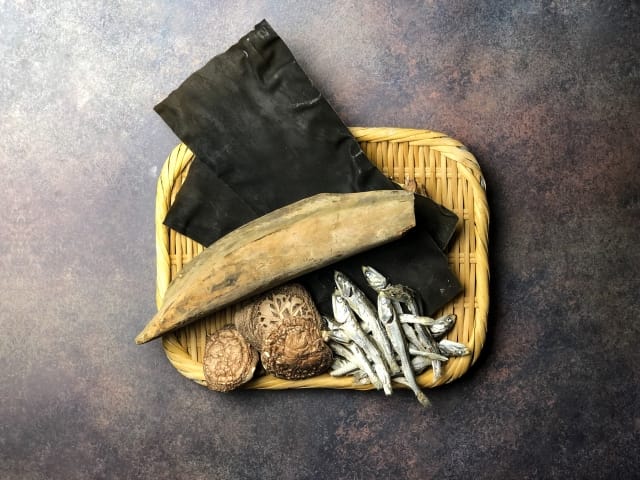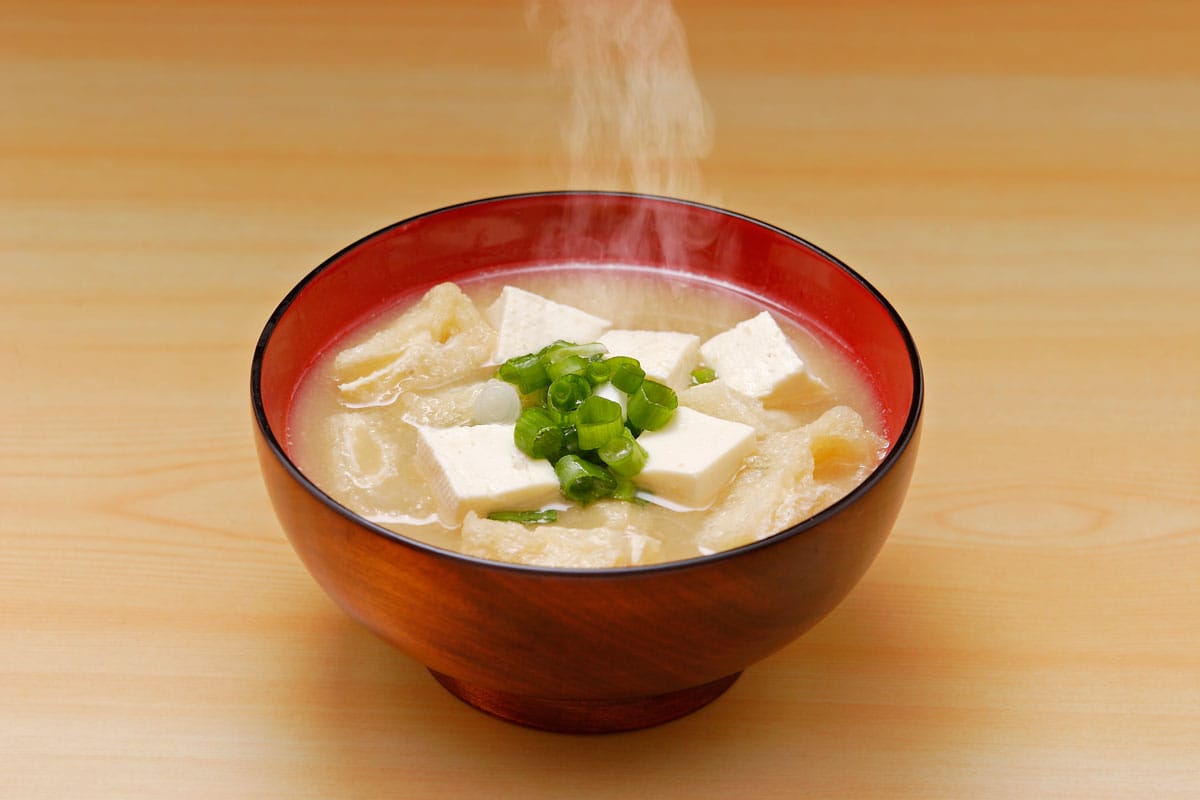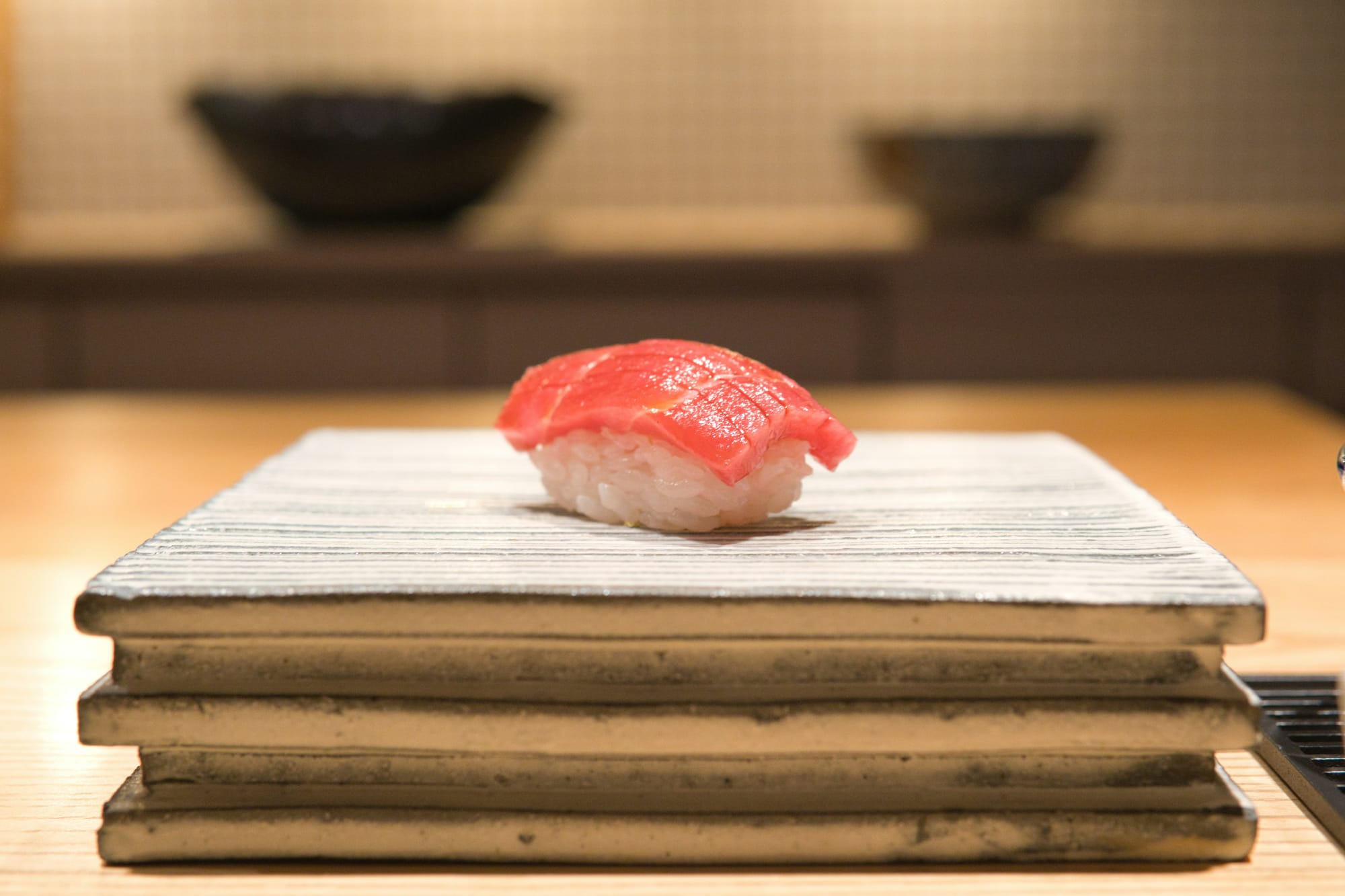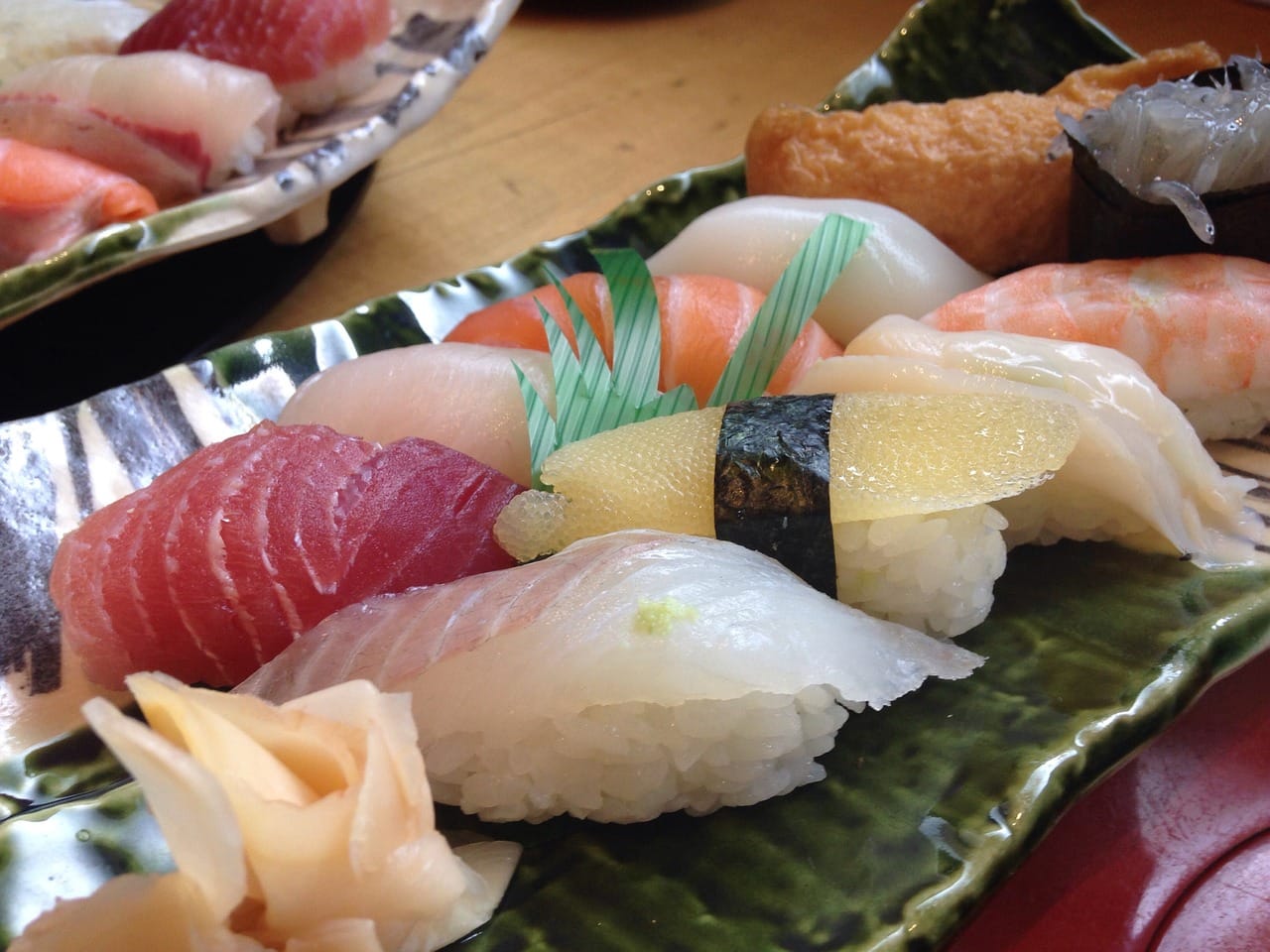What is Miso Soup, an Essential Part of Japanese Cuisine?
When you think of Japanese cuisine, you might picture "sushi" with raw fish slices on vinegared rice, or a "grilled fish lunch set" consisting of grilled fish, side dishes, rice, and soup. Both are staples of Japanese cuisine.
One item that always accompanies these dishes is "miso soup." Whether it's lunch or dinner, in Japanese cuisine, the soup is almost always miso soup. Miso soup is not just a simple soup; it symbolizes the depth and richness of Japanese food culture.
In fact, there are various types of miso soup, and its flavors and ingredients differ by region.
In this article, we'll explore the appeal of miso soup, its ingredients, and how to make it.

What is Miso Soup?
Miso soup is a soup made by dissolving miso in broth and adding various ingredients. Miso is a unique Japanese seasoning, mainly made by fermenting soybean paste.
Miso soup has a distinctive deep flavor that blends the taste of miso and the umami of the broth. For Japanese people, miso soup symbolizes family warmth and everyday home meals, with many people having a special attachment to their family's miso soup as "the taste of home."
If we were to compare it to Western cuisine, miso soup is like a stew or soup with rich variations by region and household. The types of miso used, the broth, and the combination of ingredients differ for each family and region. Miso soup can truly be called Japan's soul food.
What is the "Miso" in Miso Soup?

The traditional ingredients for miso are just three: soybeans, malt (koji), and salt. The malt can be made from rice, wheat, or soybeans, and depending on the type of malt used, miso is classified into three types: "rice miso," "barley miso," and "soybean miso."
The taste of miso is also influenced by the manufacturing environment, water quality, and fermentation method, which is why each region develops its own characteristics.
Miso is also sometimes classified by color. The most common types are red miso, white miso, and light brown miso. The differences in color arise from the type of malt, manufacturing method, and fermentation period.
Rice miso is common in the Kanto region, including Tokyo, while soybean miso is often seen in the Chubu region, including Aichi, and white miso is frequently found in the Kinki region, including Kyoto.
Because the type of miso used and the ingredients vary, you can enjoy the food culture of each region through miso soup.
The Essential "Dashi" in Miso Soup

The flavor of miso soup is supported by dashi (broth). In miso soup, fish like bonito or small dried sardines, and kelp are often used.
Bonito broth is characterized by its rich flavor and umami, and it goes well with any type of miso. Dried sardine broth has a distinctive fish richness and flavor, pairing well with soybean miso and red miso. Kelp broth has a mild and delicate taste, which complements white miso well.
Each broth is delicious on its own, but when combined, you can enjoy an even more complex and profound flavor. There are no strict rules against combining different types of dashi, so feel free to choose according to your preference.
Also, to accommodate busy lifestyles, there are now granulated dashi and dashi packs available, which make it easy to prepare delicious miso soup. These are recommended for convenient preparation.
Ingredients for Miso Soup
Miso soup goes well with various ingredients. In addition to staple ingredients like tofu, seaweed, and Japanese leek, you can freely choose according to your preference, including seasonal vegetables, seafood, and meat.
The type and amount of ingredients are flexible. With more ingredients, it becomes a hearty dish, and with fewer, it can be enjoyed as an elegant soup.
The wide variety of ingredients in miso soup allows you to enjoy it without getting bored.
Staple Ingredients
Common ingredients for miso soup include tofu, seaweed, Japanese leek, and fried tofu.
Tofu not only has a soft and mellow texture that goes well with miso soup, but it also pairs well with a wide range of ingredients, making it easy to arrange.
Seaweed is a type of algae with a unique flavor. It harmonizes with the umami of the broth, giving miso soup a deeper taste.
Japanese leek adds a refreshing flavor to miso soup. When finely chopped and added at the end, it provides a crunchy texture, and when simmered, it offers a thick texture.
Fried tofu is made by deep-frying thinly sliced tofu, and when added to miso soup, it adds richness. If you're concerned about the oil content, you can rinse it with hot water before using.
Using these staple ingredients, you can make a simple yet deeply flavored miso soup.
Vegetables and Mushrooms
Adding various vegetables and mushrooms to miso soup not only makes it more flavorful but also results in a highly nutritious dish.
Eggplant should be simmered until soft to enjoy its texture and unique sweetness.
Potato's soft and flaky texture goes well with the umami of miso and increases satisfaction.
Japanese white radish, when well-cooked, absorbs the miso flavor and results in a gentle taste.
Pumpkin not only adds sweetness to miso soup but also makes it visually appealing with its color.
Nameko mushroom is a Japanese-specific mushroom characterized by its slimy texture. It might be an acquired taste. (I personally love this ingredient. If you're curious, please try it for yourself!)
Adding colorful ingredients results in a visually appealing miso soup.
Placement of Miso Soup on the Table
In Japanese cuisine, there are rules for the placement of dishes. Soups like miso soup are usually placed next to the rice, but there are differences in these rules between the Kanto and Kansai regions.
In the Kanto region, miso soup is typically placed in the front right. This is said to be based on the Japanese concept of left being superior and right being inferior. In Japan, rice has traditionally been revered as something special. The more important rice is placed on the left, which is considered superior, while soups like miso soup are placed on the right as accompaniments.
On the other hand, in the Kansai region, miso soup is often placed in the back left. This is said to be due to the intention of making the main dish stand out by placing it in front, and the consideration that having soup in front might risk spilling.
Is Miso Soup Easy to Make?
Miso soup is a staple of Japanese cuisine and is easy to prepare. As mentioned earlier, the necessary ingredients are just miso, broth, and additional ingredients.
When making authentic miso soup, the most time-consuming process is preparing the broth. However, nowadays, granulated Japanese-style stock and soup stock packs are available, making it easy to prepare delicious miso soup.
If you can get "miso with broth" that already contains dashi, it saves you the trouble of making the broth, making the process even simpler.
The charm of miso soup is that you can prepare a nutritious dish in a short time, even in a busy daily life. If you understand your family's preferred ingredients and miso, anyone can enjoy miso soup as "the taste of home."
Tips for Making Miso Soup
Boil Ingredients That Take Longer to Cook First
Now, let's introduce how to make miso soup.
First, bring water to a boil in a pot and add your preferred dashi, such as bonito, small dried sardines, or kelp. If you're using "miso with broth," you can skip this step.
Once the broth is ready, add the ingredients and simmer. At this point, start with ingredients that take longer to cook. For example, root vegetables like Japanese white radish, potato, or carrot take longer to cook, so it's recommended to add them first. Not only will the ingredients become tender, but they'll also absorb the umami of the broth.
Next, add ingredients that cook quickly. For example, tofu, seaweed, and Japanese leek.
By following this order, you can bring out the texture and flavor of the ingredients.
Turn Off the Heat Before Dissolving the Miso
Once the ingredients are cooked, turn off the heat and wait for the boiling to subside. The key is to add the miso after turning off the heat.
Miso is sensitive to high temperatures, and its flavor can be compromised if boiled. To dissolve the miso thoroughly, instead of adding it directly to the pot, dissolve it in about twice its amount of soup in a separate container for even mixing.
Also, if you let it boil, the lactic acid bacteria contained in the miso will die. To preserve these important nutrients that help regulate digestive health, avoid boiling the soup.
Once the miso is mixed in, reheat it briefly, turn off the heat before it boils, and it's ready to serve.
Conclusion
Miso soup symbolizes Japanese food culture. Wherever you go in Japan, when you order Japanese cuisine, you're likely to get miso soup.
The ingredients for miso soup are very simple: just miso, broth, and additional ingredients. However, there are various types of miso because the taste and color change depending on the malt used and the fermentation period.
The broth used also varies, including bonito, small dried sardines, and kelp, and they are often used in combination.
The ingredients also vary by season and region, including vegetables and mushrooms.
While miso soup is simple in both preparation and ingredients, it allows for various combinations, resulting in slightly different flavors and ingredients by region and household. When you travel, be sure to pay attention to the miso soup as well.



